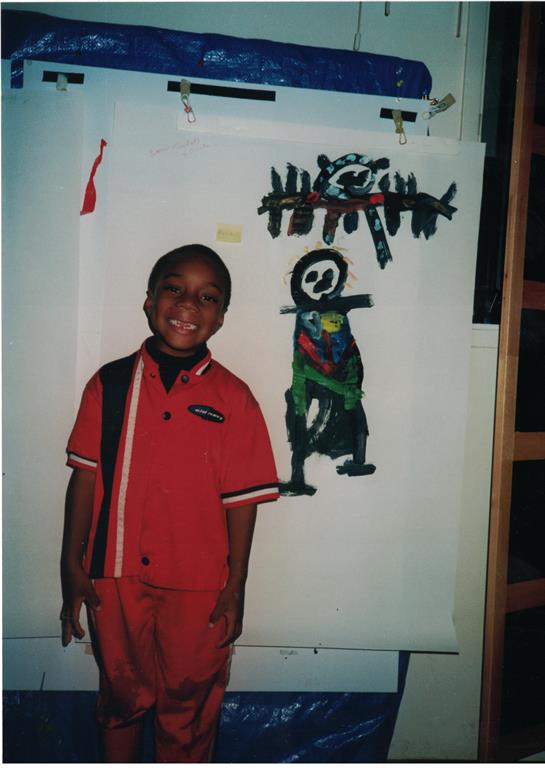Self Image Overview
A child expresses self-image in
all behavior. Disturbances or limits in a child’s self-concept comprise a
fabric with normal function and are often difficult to differentiate. Because
of this interweaving, a teacher should make the support of a child’s
self-concept part of all activities and conversation.
Growth in self-concept is one of
many processes of physical and psychological development which follow sequences
well documented in child development studies. During the growth process, these
sequences produce natural, striking changes which may introduce an entirely new
array of behaviors and skills in a relatively short time.
Constructive change occurs when
non-constructive, maladaptive behavior is disrupted, not permitted to continue,
and when developmentally appropriate behavior is substituted. Utilize change
and new behavior: recognize it and build on it.
The normal process of change is
uniquely individual, yet predictable, and occurs in relation to environmental
conditions, biological constituents, and the foundation laid in prior
experience. Connect your planning for each child to (a) maturation—the general
sequence of normal development; and (b) the individual patterns of development,
strengths, and weaknesses.
The young child’s knowledge of
themselves, their confidence in themselves and the willingness to risk
themselves in new situations grows out of significant pleasurable experiences.
The classroom must provide a way for the child to succeed, and the teacher must
be able to mirror this success for the child to see. If experiences are
frightening, confusing, complicated, meaningless, or failure-producing, the
child may tend to avoid another attempt. If classroom experiences are
pleasurable, the child will learn. The young child learns and grows by
experience. What they do is more significant that what they hear. Meaning comes
through activity. Teaching children implies an essentially participatory
emphasis. The classroom experiences must connect the child to a world beyond
family interactions. Because we feel self-image is an integral part of the
on-going daily activities rather than a separate curriculum unit, we have
included here a few lesson plans and an extensive cross reference index. These
projects and the ones listed in the index are good “get-acquainted” activities
and bear repeating during the year.

|